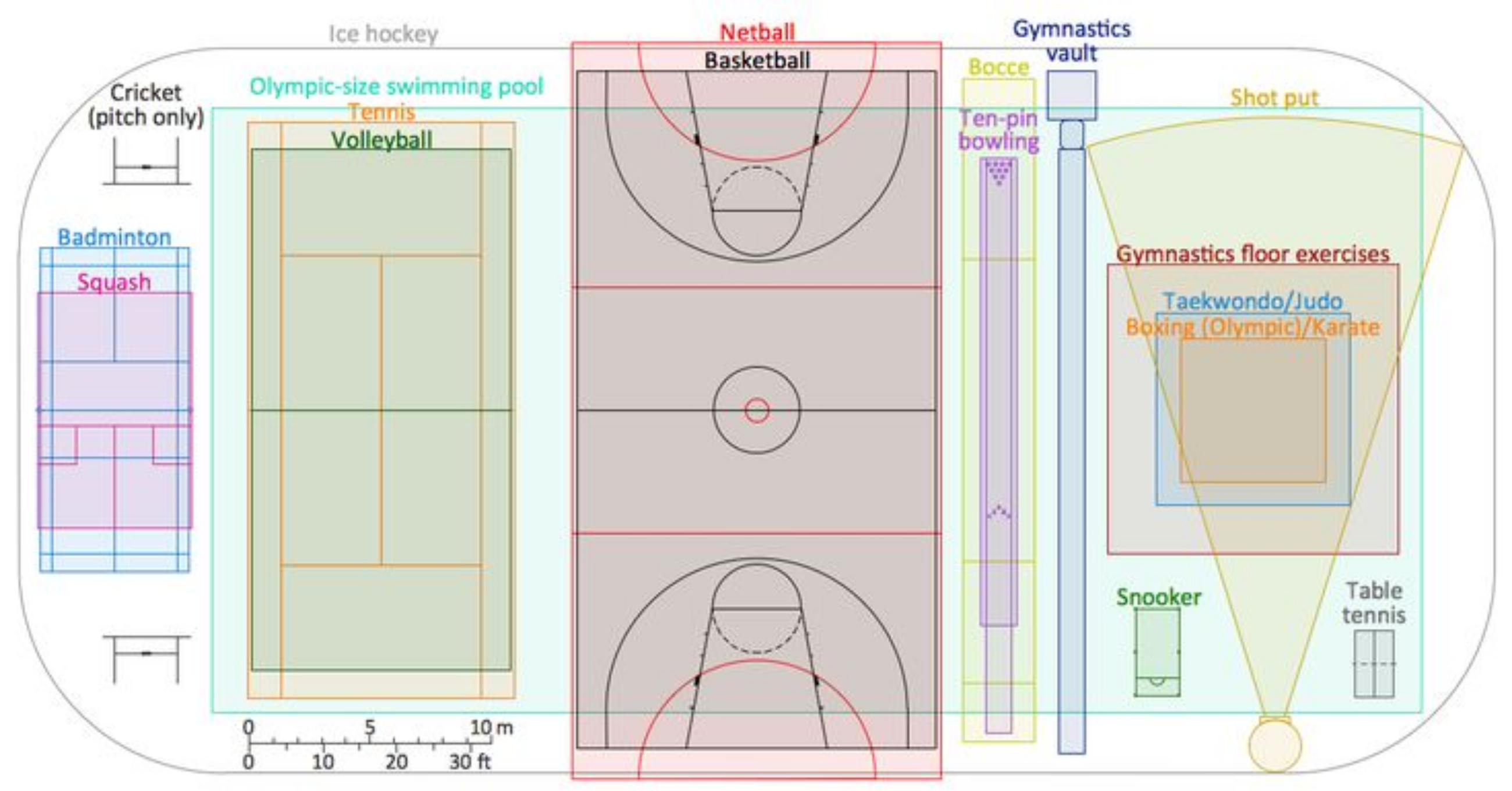
Our Service
Custom Courts Direct,
Easy Custom Court Ordering Process
Ordering your custom court is a simple process! Complete the form and our team member will reach out to you to gather some additional details and to answer any questions that you may have. We will then produce a rendering for you to approve. Once you approve, we can process the order and begin production for your court. Once the court is complete, we will send you pictures of the court and begin the shipping process.
If you need a new concrete slab, we might be able to help. Our team has several concrete vendors that we work with in specific areas that will help you with the perfect slab. Or you are welcome to use your own!
How Does Ordering Work?
1
Complete the Inquiry Form
Fill out the questionaire with the basic information about your custom court so we can review and understand your custom court requirements
2
Speak with our team
Once our team reviews the form, we will reach out to you and discuss the project details, answer any questions you may have, and make sure that we are providing you the highest customer service
3
Review Your Quote
Our team will create a rendering with your specs including dimensions, colors, lines, and logos for you. We want to make sure that we are creating a beautiful court just the way you imagined it! Once you approve it, we will get the order in place!
4
Shipping and Installation
Once production is complete, our team will package your court and ship to your address. Installation is as simple as placing the court tiles as shown in the diagram, and clicking them into place.
Highly Customized

Color and Design
Customize the color to match team, school, or corporate branding. Patterns, logos, and lines for different sports can be integrated directly into the flooring, enhancing aesthetics and reducing the need for additional painting or marking.

Surface Texture
Adjust the texture to alter slip resistance and ball behavior, catering to different sports and activities. A smoother surface might be preferred for sports like volleyball, while a more textured surface benefits activities requiring extra grip, like fitness classes.

Thickness and Density
Customizing the thickness and density of the floor can impact shock absorption, athlete comfort, and durability. Thicker, denser floors can offer better cushioning and are often more durable but may require a higher budget.

Anti-microbial Properties
Incorporating anti-microbial additives into the flooring material is a good choice. It can help in maintaining a hygienic surface by inhibiting the growth of bacteria, mold, and mildew, important for public gyms and school settings.

Underlay Options
Customizable underlay systems can enhance shock absorption, improve acoustics, and provide additional comfort. Different materials and thicknesses can tailor the floor’s performance to specific sports or activities.

Wear Layer Composition
The composition of the wear layer (for PVC floors) can be customized for durability and maintenance requirements. A thicker wear layer increases the floor's lifespan and is more resistant to wear and tear.
3D Court Design

Layout Optimization
Designing the overall layout of the sports venue to maximize the use of space. It ensures that there is adequate room for the intended sports activities, auxiliary spaces (like benches, equipment storage), and circulation areas for athletes and spectators.

Floor Marking and Zoning
Precisely placing and visualizing the sports floor markings for different sports disciplines within the same venue, ensuring compliance with regulatory bodies. Zoning involves demarcating areas for specific purposes, such as competition areas, warm-up areas, and spectator zones.

Integration of Logos and Branding
Incorporating team or sponsor logos directly into the flooring design. This requires attention to scale, positioning, and color consistency with the organization's branding guidelines, all of which can be accurately simulated in a 3D environment.

Color Schemes and Patterns
Experimenting with various color schemes and patterns that comply with sports regulations and enhance the aesthetic appeal of the venue. Color can also be used to differentiate zones within the sports facility.

Surface Texture Simulation
Simulating different surface textures to understand their impact on the sport's playability and safety. Surface texture affects factors such as slip resistance and ball bounce, crucial for athlete performance and injury prevention.

Lighting and Reflection Studies
Analyzing how natural and artificial lighting interacts with the floor's surface. This is vital for minimizing glare, which can affect athletes' visibility and performance, and for enhancing the viewing experience for spectators and television broadcasts.

